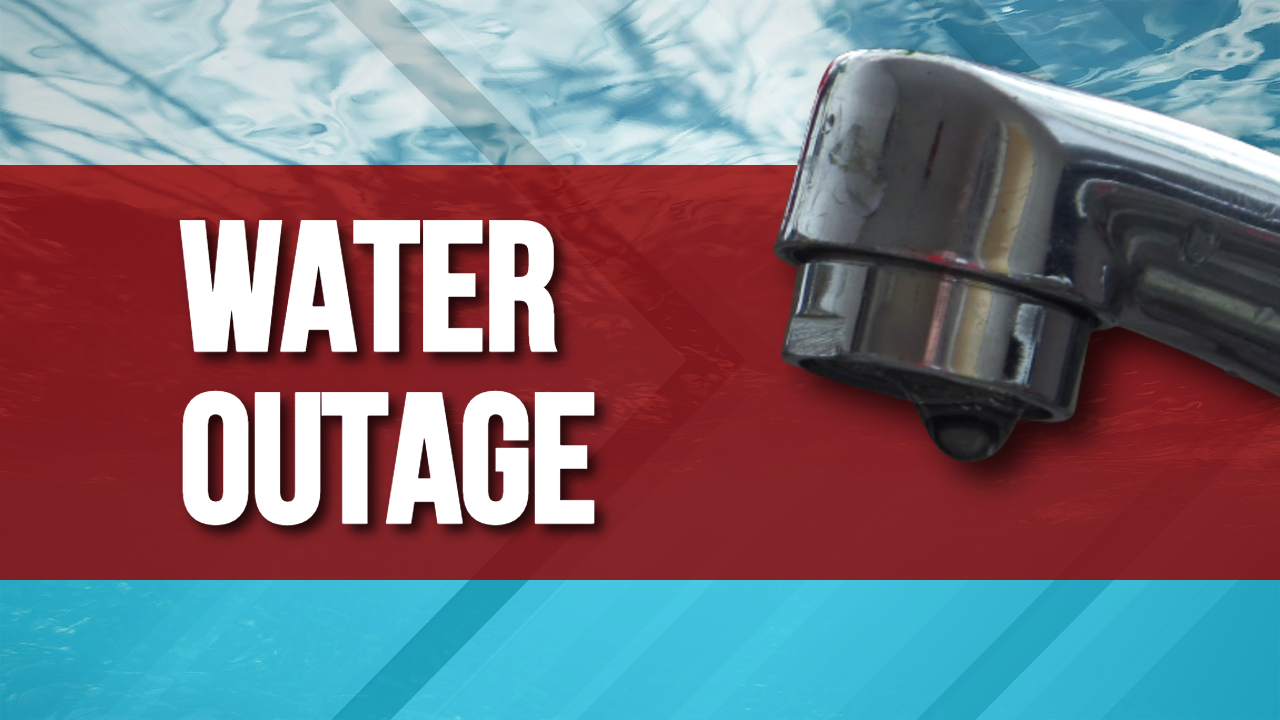Days of frigid temperatures put people, pets and pipes at risk. And while people and pets can stay indoors and hopefully – warm, your pipes need some assistance to help them avoid freezing and potentially bursting. A broken water pipe can be a messy – and potentially costly – situation.
There are things you can do to protect your pipes in cold weather.
Here are some tips:
Heating basics
- Keep the heat on: if you’re going to be away from home for an extended period of time, make sure your thermostat is not set lower than 55 degrees.
- Seal up cracks and holes: look for places on the inside and outside of your home where cold air can get in and around your pipes.
- Apply heating tape: this is a special electric tape that can be applied directly to pipes.
- Add extra insulation: foam rubber or fiberglass sleeves can be put directly on pipes to help insulate them from the cold. This is especially important for pipes in attics and basements.
Dripping faucets FYI
- Allow the faucet to drip: this relieves pressure on your home’s water system.
- Run cold water. All you need is a trickle of water to keep it flowing through the pipes consistently.
- According to MSU, a slow drip of water will fill up a gallon pitcher in about an hour, equaling about 2 cents per night to drip one faucet. That’s much cheaper than broken pipes and water damage.
- The faucet farthest from your water meter should be left dripping if you can only leave one running. It will draw the water throughout the house.
- Can’t I just open cabinet doors and prevent freezing pipes? It is recommended to open cabinet doors to allow for warm air into enclosed spaces and this works well in the kitchen and bathrooms. Most pipe problems, however, occur in less-accessible places like garages, crawl spaces and attics. That’s why it’s important to insulate exposed plumbing.
More plumbing protection
- Remove, drain, and store hoses used outdoors and make sure you’ve closed inside valves supplying outdoor hose bibs. Disconnect your hose and keep the outside valve open so that any water remaining in the pipe can expand without causing the pipe to break.
- You can use a “pipe sleeve” like those sold at home repair stores or even heat tape other specially made products to protect exposed water pipes. Even newspapers can provide some degree of insulation and protection to exposed pipes.
- Check around the home for other areas where water supply lines are in unheated areas. Look in the basement, crawl space, attic, garage, and under kitchen and bathroom cabinets. Both hot and cold water pipes in these areas should be insulated.
- Keep garage doors closed if there are water supply lines in the garage.
- Keep the thermostat set to the same temperature both during the day and at night. By suspending the use of lower nighttime temperatures, you may incur a higher heating bill, but you can prevent a much costlier repair job if pipes freeze and burst.
What to do if you suspect a frozen pipe
- If you turn on your faucets and nothing comes out, you may have a frozen pipe. If that happens, leave the faucets turned on and call a plumber. If you think your pipe has burst, turn off the water at the home’s main shut-off valve but leave the faucets turned on before calling in your plumber.
How to thaw frozen pipes
- If you turn on a faucet and only a trickle comes out, suspect a frozen pipe. Likely places for frozen pipes include against exterior walls or where your water service enters your home through the foundation.
- Keep the faucet open. As you treat the frozen pipe and the frozen area begins to melt, water will begin to flow through the frozen area. Running water through the pipe will help melt ice in the pipe.
- Seal any leaks that allow cold air into your home where pipes are located. This is an issue around electrical wiring, dryer vents and pipes.
- Apply heat to the section of pipe using an electric heating pad wrapped around the pipe, an electric hair dryer, a portable space heater (kept away from flammable materials), or by wrapping pipes with towels soaked in hot water. Do not use a blowtorch, kerosene or propane heater, charcoal stove, or another open flame device.
- Apply heat until full water pressure is restored. If you are unable to locate the frozen area, if the frozen area is not accessible, or if you cannot thaw the pipe, call a licensed plumber.
- Check all other faucets in your home to find out if you have additional frozen pipes. If one pipe freezes, others may freeze, too.
Observe these common sense safety tips and save both a lot of headaches – and a lot of heartache.
(www.AL.COM)


